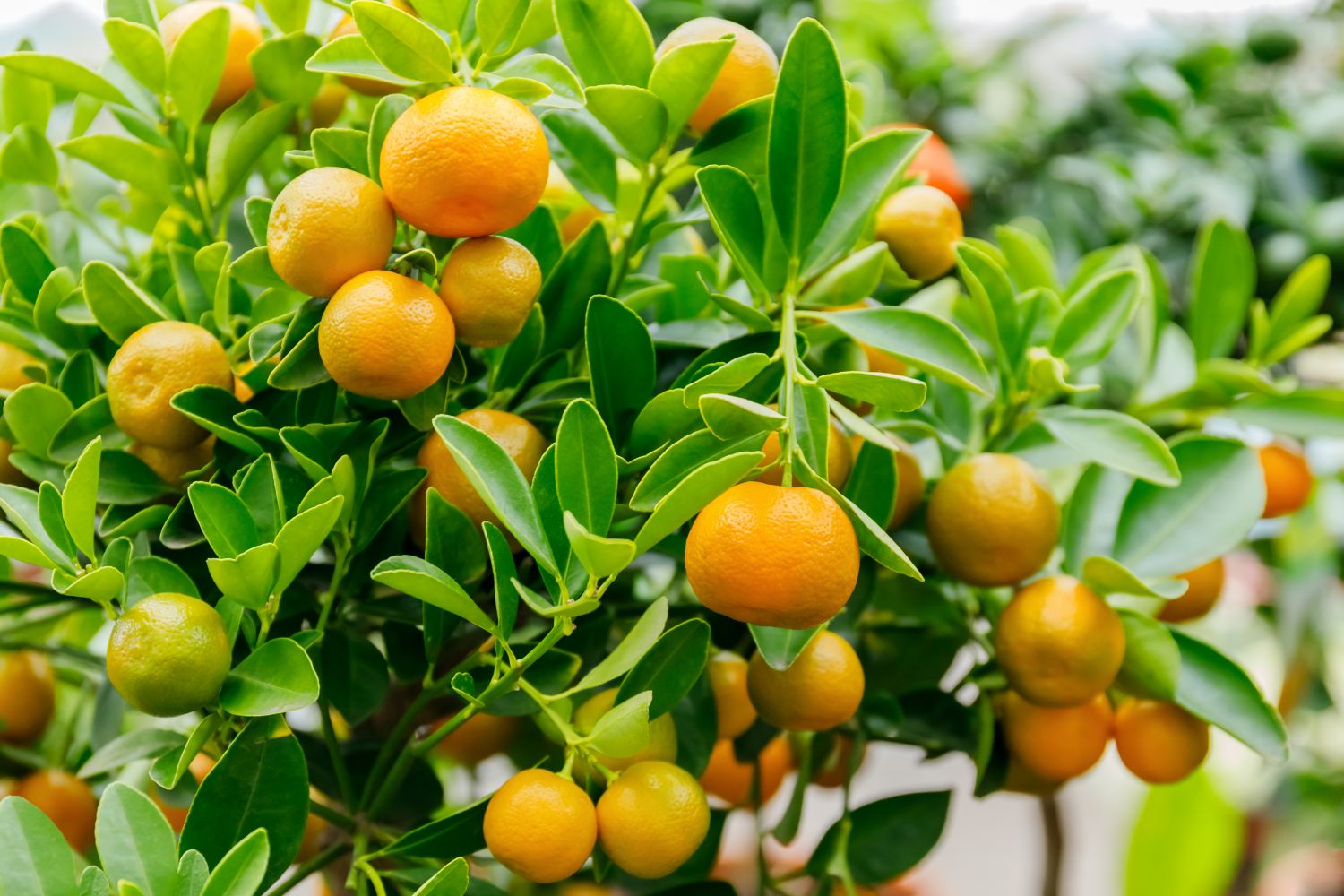
What is a calamondin? This tiny citrus fruit, often mistaken for a miniature orange, packs a punch in both flavor and versatility. Calamondin is a hybrid between a kumquat and a mandarin orange. Originating from Southeast Asia, it has found its way into kitchens, gardens, and even beauty routines worldwide. Its tart, tangy taste makes it perfect for marmalades, beverages, and marinades. Beyond the kitchen, calamondin juice serves as a natural cleaner and skin brightener. The tree itself is a popular ornamental plant, admired for its fragrant blossoms and vibrant fruit. Whether you're a foodie, gardener, or DIY enthusiast, calamondin offers something special.
What is Calamondin?
Calamondin, also known as calamansi, is a small citrus fruit native to the Philippines. It’s a hybrid between a kumquat and a mandarin orange. This tiny fruit packs a punch with its unique flavor and numerous uses.
- Calamondin is often used in Filipino cuisine for its sour juice, which adds a tangy flavor to dishes.
- The fruit is small, about the size of a golf ball, and has a thin, smooth skin that ranges from green to orange when ripe.
- Calamondin trees are evergreen and can grow up to 20 feet tall, though they are often kept smaller when grown in pots.
- The tree produces fragrant white flowers that attract bees and other pollinators.
- Calamondin is rich in vitamin C, making it a great addition to your diet for boosting the immune system.
Culinary Uses of Calamondin
Calamondin is incredibly versatile in the kitchen. Its unique flavor can enhance both sweet and savory dishes.
- The juice is often used as a marinade for meats, adding a zesty kick to chicken, pork, and fish.
- Calamondin can be used to make refreshing beverages, such as calamansi juice or calamansi iced tea.
- The fruit can be preserved as marmalade or jam, providing a sweet and tangy spread for toast or pastries.
- Calamondin zest can be used to flavor baked goods, such as cakes, cookies, and muffins.
- In the Philippines, calamondin is commonly used as a dipping sauce for grilled meats and seafood.
Health Benefits of Calamondin
Beyond its culinary uses, calamondin offers several health benefits due to its rich nutrient profile.
- Calamondin is high in antioxidants, which help protect the body from free radicals and reduce the risk of chronic diseases.
- The fruit’s high vitamin C content can help improve skin health by promoting collagen production and reducing signs of aging.
- Calamondin juice can aid digestion and relieve symptoms of indigestion and bloating.
- The fruit has anti-inflammatory properties, which can help reduce inflammation and pain in the body.
- Calamondin can help boost the immune system, making it easier to fight off colds and other infections.
Growing Calamondin at Home
Calamondin trees are relatively easy to grow, making them a popular choice for home gardeners.
- Calamondin trees can be grown in pots, making them suitable for small spaces and indoor gardening.
- The trees prefer well-drained soil and plenty of sunlight, ideally at least six hours of direct sunlight per day.
- Calamondin trees are drought-tolerant but should be watered regularly to keep the soil moist.
- Pruning the tree can help maintain its shape and encourage the growth of new branches and fruit.
- Calamondin trees can be propagated from seeds, cuttings, or grafting, making it easy to grow new plants.
Fun Facts About Calamondin
Calamondin has a rich history and some interesting trivia that make it even more fascinating.
- Calamondin is also known as "Philippine lime" or "acid orange" due to its sour taste.
- The fruit is often used in traditional Filipino medicine to treat coughs, colds, and sore throats.
- Calamondin is sometimes used as a natural cleaning agent due to its acidic properties.
- The fruit can be used as a natural insect repellent, helping to keep pests away from your home and garden.
- Calamondin trees are often grown as ornamental plants due to their attractive foliage and fragrant flowers.
The Final Slice
Calamondins are more than just tiny citrus fruits. They pack a punch with their unique flavor, health benefits, and versatile uses. Whether you're adding a zesty twist to your dishes, boosting your immune system with their vitamin C, or simply enjoying their fragrant blossoms, these little fruits have a lot to offer.
Growing calamondins can be a rewarding experience, providing both aesthetic beauty and culinary delight. Their hardiness makes them a great choice for both novice and experienced gardeners. Plus, their rich history and cultural significance add an extra layer of appreciation.
So next time you see a calamondin, remember there's more to this fruit than meets the eye. Dive into its world, and you might just find a new favorite in your garden or kitchen. Happy growing and tasting!
Was this page helpful?
Our commitment to delivering trustworthy and engaging content is at the heart of what we do. Each fact on our site is contributed by real users like you, bringing a wealth of diverse insights and information. To ensure the highest standards of accuracy and reliability, our dedicated editors meticulously review each submission. This process guarantees that the facts we share are not only fascinating but also credible. Trust in our commitment to quality and authenticity as you explore and learn with us.
